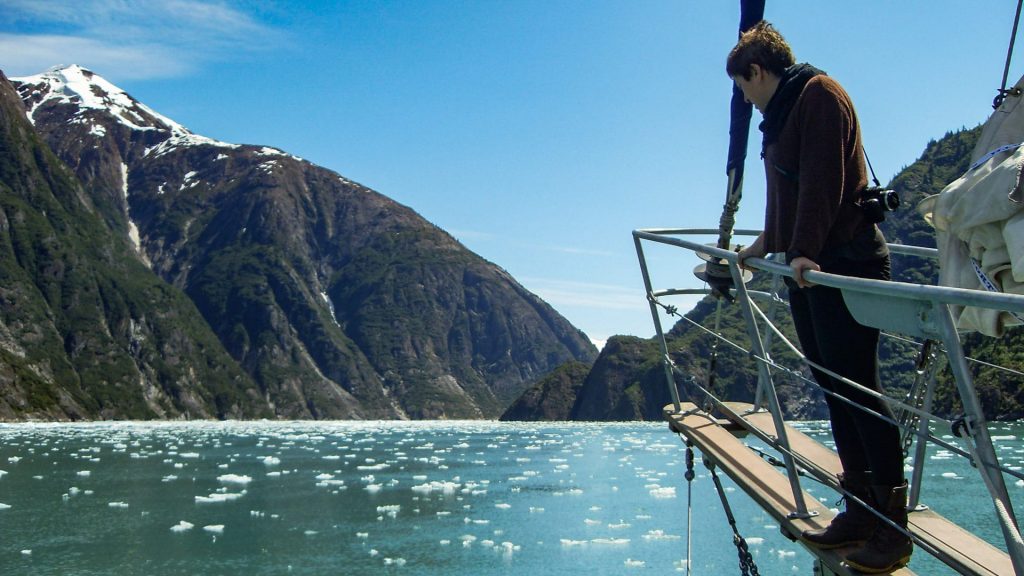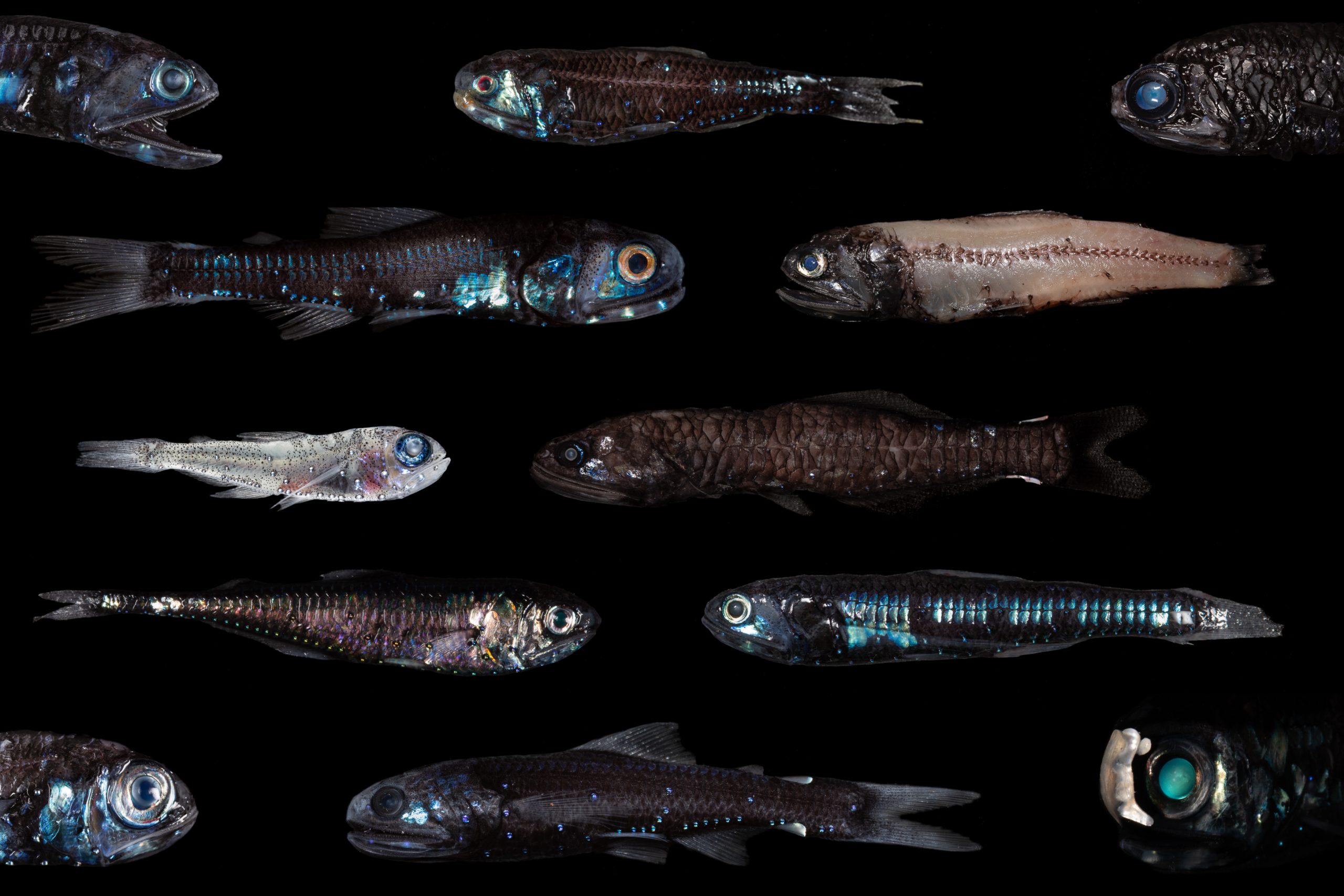The Ocean Twilight Zone’s Impact on Climate August 4, 2020

Scientists have long understood that the oceans can remove heat-trapping carbon from the atmosphere. As it does so, it can safely store that carbon in deep waters or beneath the seafloor for millenia. Existing estimates of how much carbon is captured and leaves the surface ocean aren't very accurate, however. In the past, they've been based on an arbitrary definition of the boundary between the sunlit upper ocean—where photosynthesis occurs—and the dark twilight zone, where photosynthesis ceases. Our researchers are revising those estimates by using actual measurements of light levels below the surface. In the process, they're showing that he ocean may be sequestering twice as much carbon as previously thought—a finding that will help climate modelers refine their forecasts of climate change worldwide.
Big questions we've tackled:
How does carbon move from the surface to the deep ocean?
Excess carbon in the atmosphere forms a heat-trapping blanket that drives up temperatures and changes climate and weather patterns around the globe. It also dissolves into the surface ocean, where it is incorporated into organic forms of carbon via photosynthesis in marine algae. Some animals in the ocean, mainly microscopic zooplankton and small fish, feed on the algae, transferring carbon in the algae to their own bodies. As these animals die or defecate, that carbon slowly sinks down through the water, preventing it from returning to the atmosphere. Methods pioneered by OTZ team members allow researchers to measure how much carbon is sinking through the water to the deep ocean—where it remains for hundreds of thousands of years—and how much gets consumed or returns to the surface in forms that are no longer sequestered away from the ocean surface and the atmosphere.
How much carbon does the twilight zone transport?
Members of the OTZ science team recently helped reanalyze past efforts to calculate the efficiency of the biological carbon pump, or ability of the ocean to take up carbon. Those earlier estimates used a fixed depth to define the end of the sunlit upper ocean and the beginning of the twilight zone. The team found that this method underestimates the efficiency of the carbon pump because it does not take into account the depth of light penetration, which ultimately controls production of sinking organic carbon and varies by location and season. It also makes it difficult to make comparisons between studies if different groups use different depths to define the flow of carbon. Also of importance to this revised understanding of the biological carbon pump is the impact on the carbon cycle of diel vertical migration, the daily movement of plankton and fish from the twilight zone to feed at night on the surface. Understanding this movement, which is believed to be the largest animal migration on Earth—not just in terms of biomass, but in terms of its impact on carbon flow—is critical to a more nuanced and accurate view of the biological carbon pump and its role in global climate.
How could human activity in the ocean twilight zone affect climate?
Excess carbon in the atmosphere forms a heat-trapping blanket that drives up temperatures and changes climate and weather patterns around the globe. It also dissolves into the surface ocean, where it is incorporated into organic forms of carbon via photosynthesis in marine algae. Some animals in the ocean, mainly microscopic zooplankton and small fish, feed on the algae, transferring carbon in the algae to their own bodies. As these animals die or defecate, that carbon slowly sinks down through the water, preventing it from returning to the atmosphere. Methods pioneered by OTZ team members allow researchers to measure how much carbon is sinking through the water to the deep ocean—where it remains for hundreds of thousands of years—and how much gets consumed or returns to the surface in forms that are no longer sequestered away from the ocean surface and the atmosphere.







